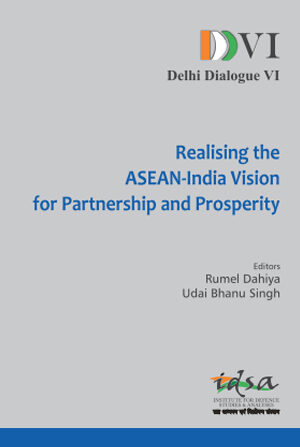India’s Strategic Connect with the World
The various connectivity projects put forward by India show its involvement as an investor in capacity-building efforts in the recipient countries across sectors of their particular needs and choices, not as an overarching and imposing economic power.
- Sreemati Ganguli
- October 23, 2017











